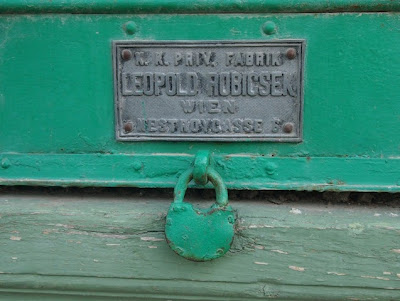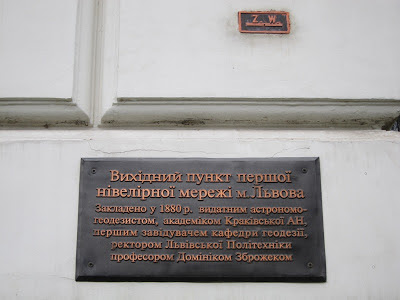Cistern in Pohulyanka Park

The first water supply system in Lviv was built in 1407. The German Peter Schtecher was responsible for drafting the plans for the construction of cisterns and water pipes. As information about the work associated with the laying of water pipes was strictly classified, no documents with the precise locations of the early water supply facilities have been found. The first cisterns are likely to have been located on the Lychakiv hills, east of Lviv. The Pohulyanka cistern is located on a steep hillside in Pohulyanka Park . The cistern collected water from nearby springs and piped the water to the city. The type of vault and the use of broken stone instead of crafted stone blocks are signs that the cistern itself dates back to 1407. In 1839 the current façade was built and the interior vaults were renovated . The two massive buttresses are decorated with reliefs of sea nymphs ( Nereids ) holding gifts of the sea: shell s and branches of coral. The auth...





